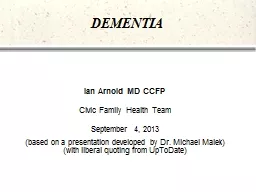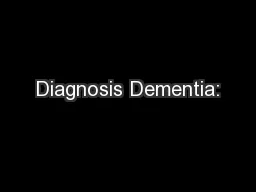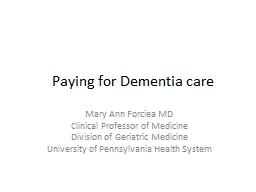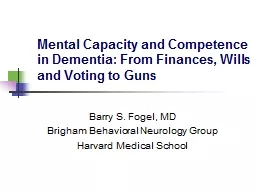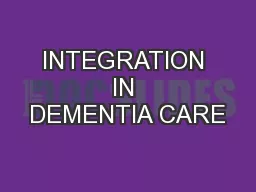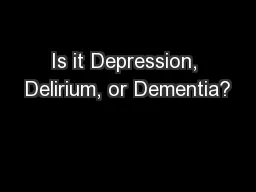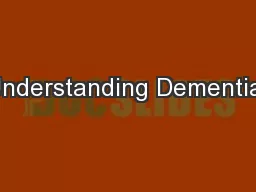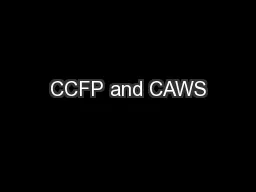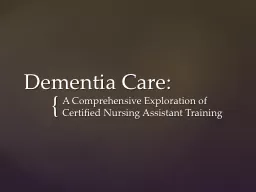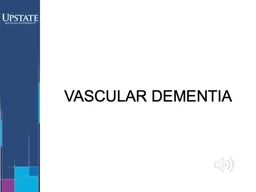PPT-DEMENTIA Ian Arnold MD CCFP
Author : lucinda | Published Date : 2022-02-14
Civic Family Health Team September 4 2013 based on a presentation developed by Dr Michael Malek with liberal quoting from UpToDate Disclosures I have no financial
Presentation Embed Code
Download Presentation
Download Presentation The PPT/PDF document "DEMENTIA Ian Arnold MD CCFP" is the property of its rightful owner. Permission is granted to download and print the materials on this website for personal, non-commercial use only, and to display it on your personal computer provided you do not modify the materials and that you retain all copyright notices contained in the materials. By downloading content from our website, you accept the terms of this agreement.
DEMENTIA Ian Arnold MD CCFP: Transcript
Download Rules Of Document
"DEMENTIA Ian Arnold MD CCFP"The content belongs to its owner. You may download and print it for personal use, without modification, and keep all copyright notices. By downloading, you agree to these terms.
Related Documents

